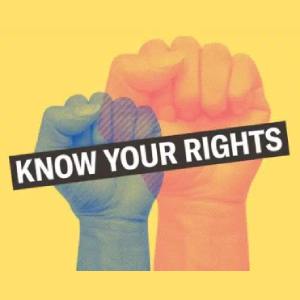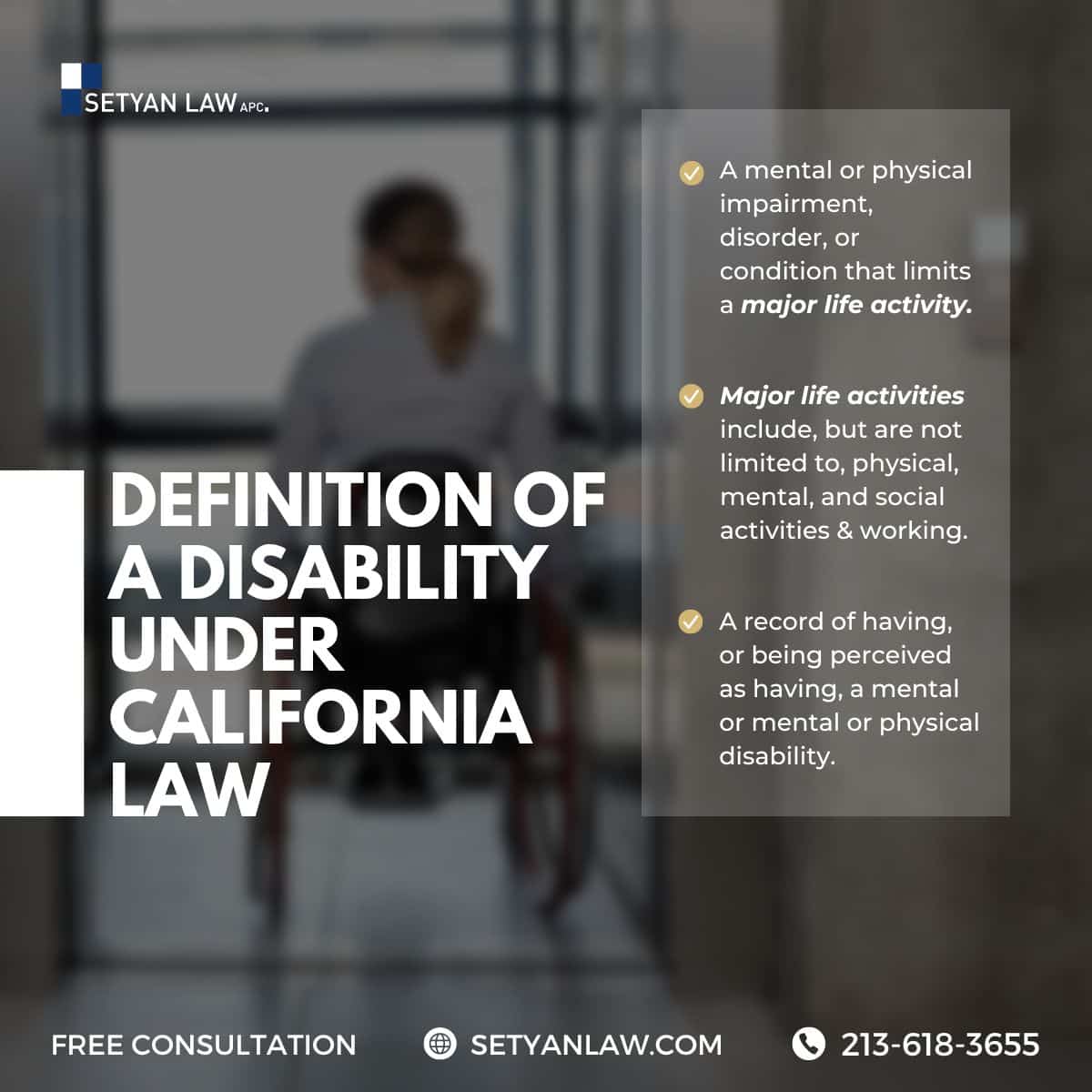Updated August 9, 2024
What is The Legal Definition of Employment Discrimination?
Discrimination in the workplace is a pervasive issue that continues to plague organizations and hinder the career advancement of countless individuals. Whether it’s unfair treatment, harassment, or retaliation, employment discrimination takes many forms and can have devastating consequences for those on the receiving end. As an employee, it’s crucial to understand your rights and the legal protections available to you, so you can recognize and combat such unlawful practices.
Employment discrimination occurs when an employer treats an employee differently based on a protected characteristic.
Understanding the Concept of Employment Discrimination
At its core, employment discrimination refers to the unequal or unfavorable treatment of an individual in the workplace based on their legally protected characteristics. In the United States, federal anti-discrimination laws prohibit employers from discriminating against employees or job applicants on the basis of age, race, color, religion, sex (including pregnancy, gender identity, and sexual orientation), national origin, disability, and genetic information. Many state and local laws also safeguard additional characteristics, such as marital status, veteran status, and caregiver/familial status.
It’s important to note that earnings differentials or occupational segregation, where pay disparities stem from differences in qualifications or job responsibilities, should not be mistaken for employment discrimination. True discrimination involves intentional disparate treatment or unintentional disparate impact that disadvantages a protected group, regardless of their merit or qualifications.
Defining Discrimination in the Labor Market
From a neoclassical economics perspective, labor market discrimination is defined as the differential treatment of two equally qualified individuals solely on the basis of their protected characteristics. This type of discrimination is considered harmful as it directly and indirectly impacts the economic outcomes of equally productive workers through various feedback effects.
In contrast, non-neoclassical economists take a broader view, seeing discrimination as the primary driver of inequality in the labor market. This perspective recognizes the persistent gender and racial earnings gaps in the U.S. as evidence of deep-rooted, multifaceted discrimination that extends beyond measurable outcomes to encompass unquantifiable sociocultural and political forces.
Regardless of the theoretical approach, the central challenge lies in isolating the role of discrimination from other factors that may contribute to disparities in the workplace, such as differences in education, work experience, and personal preferences. Empirical studies often attempt to address this by controlling for worker qualifications and examining the unexplained portion of earnings gaps, which is then attributed to discriminatory treatment.
Statistical Evidence of Employment Discrimination
One of the primary ways researchers have sought to uncover evidence of employment discrimination is through statistical analyses. Gender earnings gaps or the concentration of men and women in different occupations and industries alone do not necessarily indicate discrimination. Instead, studies aim to identify the extent to which earnings differentials can be attributed to differences in worker qualifications.
Many studies have found that qualification differences fail to fully explain the observed earnings gaps, with the unexplained portion often attributed to discriminatory practices. One prominent analytical approach is the Oaxaca-Blinder decomposition, which separates the explained and unexplained components of wage disparities.
Another approach focuses on examining the economic outcomes of relatively homogeneous groups, such as college graduates, to isolate the role of discrimination. For example, a longitudinal study of University of Michigan Law School alumni revealed that the initial small earnings gap between men and women widened significantly over time, even after accounting for factors like hours worked and job settings.
Similar unexplained wage gaps have been observed among other highly educated populations, such as Harvard MBAs and college graduates more broadly. These findings suggest the persistence of gender discrimination in the labor market, even for individuals with comparable qualifications and educational attainment.
While not all unexplained gaps can be definitively attributed to discrimination, the consistent patterns observed across these studies provide strong statistical evidence of the continued prevalence of discriminatory practices in the workplace.
Emerging Trends in Employment Discrimination
The problem of employment discrimination extends beyond traditional gender and racial divides, as evidenced by the recent example of female Chief Financial Officers (CFOs) in the United States. Despite women comprising 62% of accountants and auditors, they only account for 9% of CFO positions. Moreover, female CFOs are paid, on average, 16% less than their male counterparts, even after controlling for factors such as education and experience.
This stark underrepresentation and pay disparity at the highest levels of corporate leadership underscores the enduring nature of employment discrimination, particularly against women in traditionally male-dominated fields. It serves as a sobering reminder that the fight for workplace equity is far from over, and that vigilance and continued efforts are necessary to address these deep-seated biases and inequities.
Conclusion
Employment discrimination, in its various forms, remains a persistent and pervasive issue in the modern workplace. From unfair treatment and harassment to retaliation and unequal pay, these unlawful practices continue to hinder the career advancement and economic well-being of countless individuals.
By understanding the legal definitions, statistical evidence, and emerging trends in employment discrimination, employees can better recognize and combat these injustices. Empowered with knowledge and the support of anti-discrimination laws, individuals can take a stand against workplace discrimination and work towards a more equitable and inclusive future.
As an advocate for workplace justice, our role is to provide comprehensive legal guidance, offer empathetic support to victims, and tirelessly pursue the elimination of all forms of employment discrimination. Together, we can foster a work environment that truly values diversity, equity, and the inherent dignity of every employee.
If you have faced discrimination at work or have been terminated from your employment because of an illegal action, contact an Anti-Discrimination Attorney, dedicated to helping you fight for the justice you deserve.
Call Setyan Law at (213)-618-3655 for a consultation.







